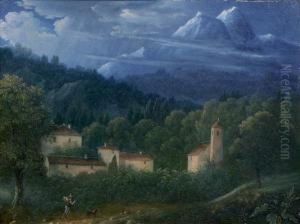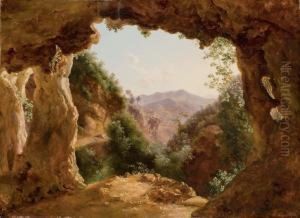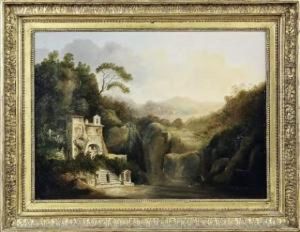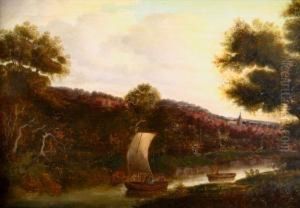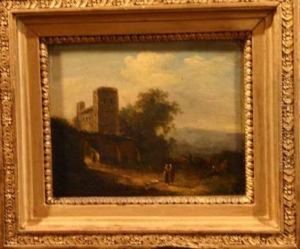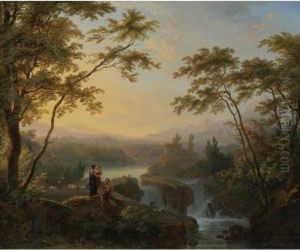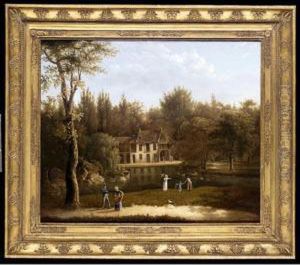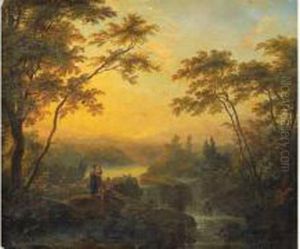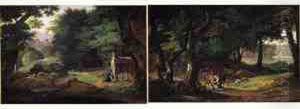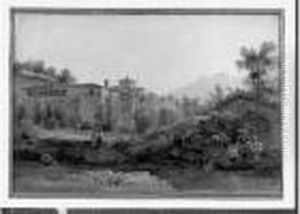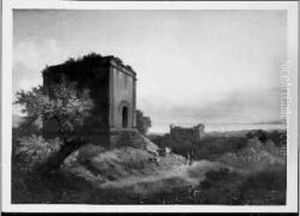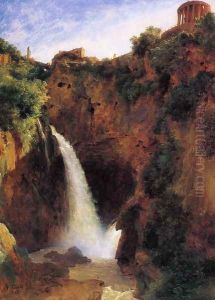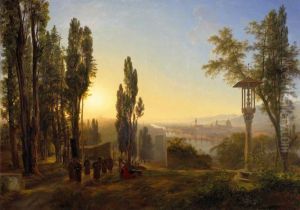Louise-Josephine Sarazin de Belmont Paintings
Louise-Josephine Sarazin de Belmont was a French painter and artist known for her historical and landscape paintings. Born on November 11, 1790, in Paris, France, she was part of the Romantic movement that swept through European art during the late 18th and early 19th centuries. Her education in art began under the guidance of accomplished painters such as Jean-Baptiste Regnault and Pierre-Narcisse Guérin, both of whom were influential figures in French neoclassical painting.
Sarazin de Belmont's career unfolded at a time when the role of women in the arts was heavily restricted by societal norms and expectations. Despite these barriers, she managed to establish herself as a respected artist in her own right. She exhibited her works at the Paris Salon, a prestigious annual and later biennial art exhibition in France. Her debut at the Salon was in 1812, and she continued to exhibit there until 1853. Her paintings often drew inspiration from historical events, classical mythology, and the natural world.
One of her most notable works is the painting 'Vue prise à Volterra', which depicts a stunning landscape in Italy. This painting was exhibited at the Salon in 1834 and garnered significant attention, helping to cement her reputation as a talented landscape painter. Sarazin de Belmont's approach to landscape painting was characterized by a keen observation of nature and a delicate handling of light and atmosphere, attributes that were highly appreciated by her contemporaries.
Throughout her life, Sarazin de Belmont remained an active and dedicated artist. However, much like many of her female peers, she did not achieve the same level of fame or recognition as her male counterparts. Today, her works are considered important in the context of women's contributions to art history and the Romantic movement. Louise-Josephine Sarazin de Belmont passed away on September 26, 1870, leaving behind a legacy of determination and artistic achievement that continues to inspire.

